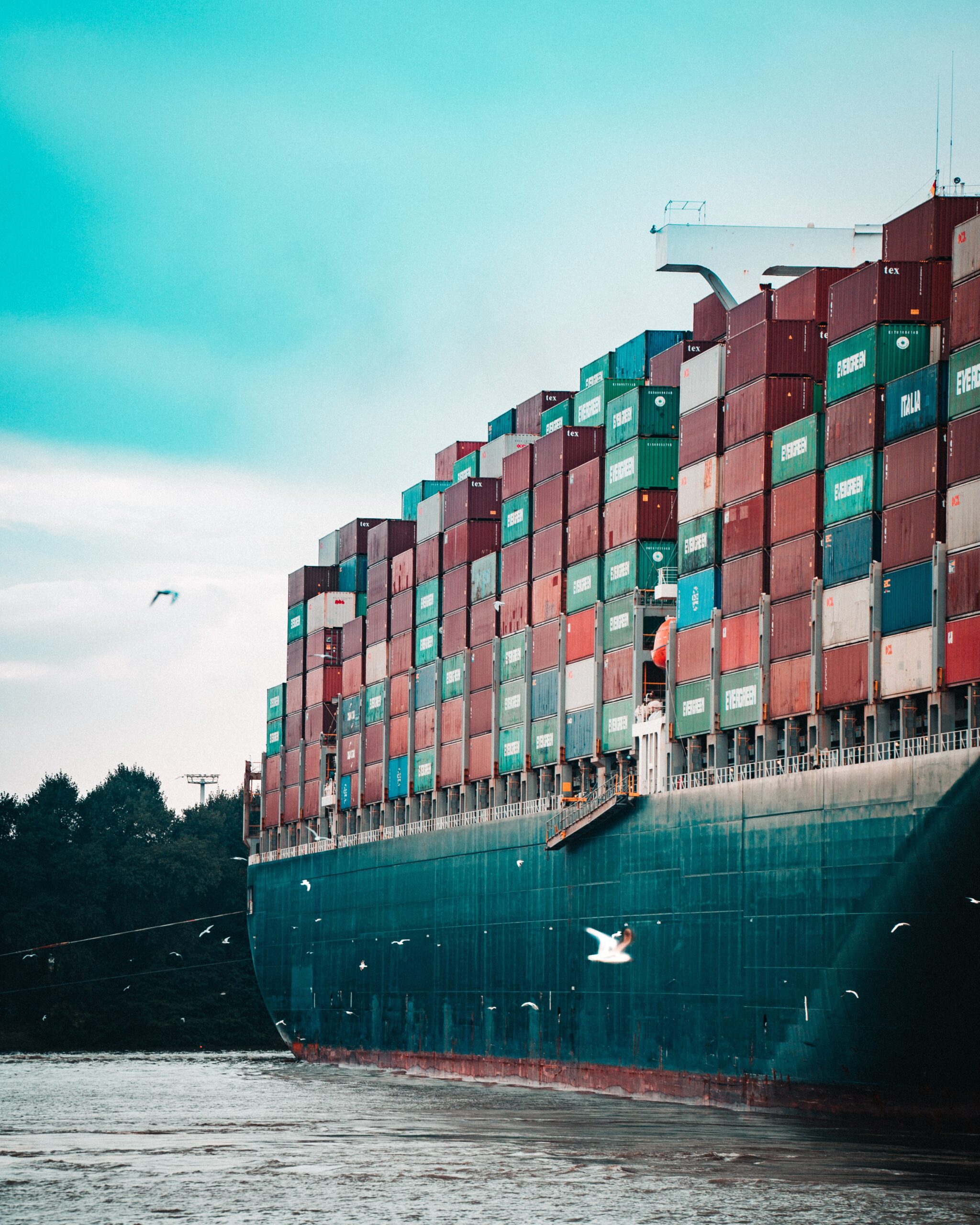
Supply Chain
Is it possible to predict natural disasters? Do we have any control over them? No matter what the scenario is, business has to move on and function normally. There has been a considerable amount of effort given in lowering the risks of supply chain impacted by natural phenomena as well as the geopolitical environment. We should also start to consider how the supply chain might be intertwined and co-dependent on environment before it creates an impact that is too hard to ignore.
Example: Large cargo ships expel 2.9% of global carbon dioxide emissions. There is a possibility to use wind to its advantage as it is generated by changes in air temperature. Technologically advanced ships equipped with modern sails serve as a proof of using wind as an advantage.
86% of the business leaders recognize the importance of sustainability and they have noted in the Oxford Economic survey that it is “a competitive differentiator.”
Where does SAP come in?
SAP’s introduction of SAP Business Network remodeled the way customers align their business partners to attain better insights into sustainable opportunities. Collaboration through the SAP Business Network assists with not only design and manufacture but also the maintenance and sustenance of products to “lower carbon footprints while reducing waste.”
The end-to-end feature allows users to oversee the whole process and helps the customer create a sustainable enterprise, keeping in mind the environment, embracing the greenery, and supporting transparency. This allows a company to see its carbon footprint data through a product’s supply chain and take further action based on the data. This gives a company incentive to sustain supply chain and act wisely. Production, material sourcing, and transport are product-related carbon footprint data from SAP’s Product Footprint Management that can be utilized in SAP Integrated Business Planning for Supply Chain.
SAP is determined to embrace its end-to-end sustainability mission and focus on the three key facets of sustainability: economic, social, and environmental. Their main aim is to assess the priorities of a customer, like “profits, protecting the planet, and people.”

How is SAP making an impact?
SAP wants to address the importance of climate change and its effects, and they have created a portfolio to support these sustainability principles by embedding them in the products. The Climate 21 initiative is designed to cater to sustainability index reporting and a circular economy through the design-to-operate pillars of design, manufacturing, logistics, and assets.
SAP understands the need to address individual customer needs around recyclable and environmentally friendly products. They wanted to make a product’s supply chain more ethical, with waste reduction and emissions lowering, keeping in mind the health and safety of its customers. Reducing the carbon footprint is possible through logical systemic planning and logistics management, and methods are conducted to reduce energy consumption.
It is time for companies to look at their supply chain management and act accordingly. Supply chain and environment have a symbiotic relationship, and companies should act wisely to be both thriving and sustainable. Disruption of one will lead to a catastrophic downfall for the other. SAP provides reasonable solution and ways to manage both efficiently.
If you have any questions regarding this, please leave a comment, and our experts will get back to you. Also, check out this blog by Raymund Padilla on digitizing supply chain in this era of uncertainty: https://ameri100.com/digitizing-your-supply-chain-in-the-era-of-uncertainty/
Meanwhile, for further information, check out this blog by SAP: https://bit.ly/3HrZyVo
If you have any questions, drop them here: https://ameri100.com/contact/